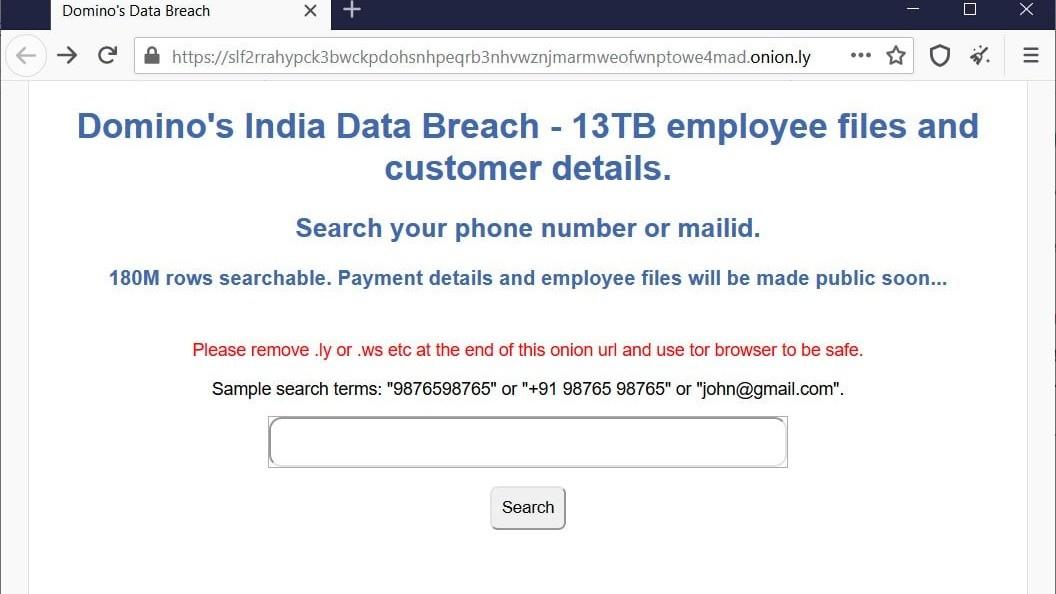Your Pizza, Your Data, For Sale. The Domino's Breach and the Betrayal of 18 Crore Customers.
Published on September 20, 2025 by MoreMeets Team

In May 2021, a hacker put the personal data of 18 crore Domino's India users up for sale on the dark web. The treasure trove included names, phone numbers, email addresses, and delivery locations. It was a privacy nightmare and a stark reminder that in the digital age, a company's responsibility extends far beyond the product it sells. For a brand like Domino's, which thrives on direct-to-customer relationships, this was a fundamental breach of trust.
While the exact technical cause was debated, such large-scale breaches almost always stem from a failure to implement and enforce basic cybersecurity controls. It's often not a sophisticated, James Bond-style hack, but a simple, unlocked digital door—a situation similar to the one that led to the massive Change Healthcare attack in the US.
Failure Point 1: Excessive or Stale Access
Breaches often occur when too many employees or vendors have access to sensitive customer data. A single compromised credential—perhaps from an employee who left months ago but whose access was never revoked—can become a master key to the entire database.
Our Access Review SOP mandates a quarterly, manager-led review of who has access to customer databases. It enforces the "Principle of Least Privilege"—if you don't need it for your job, you don't get access. It also includes an offboarding checklist to ensure access is terminated on an employee's last day, not weeks later.
Failure Point 2: Unpatched Systems
Many hackers gain entry not through brilliant hacking, but by using publicly known exploits against security vulnerabilities in software that the company simply failed to update. This is the digital equivalent of leaving your front door unlocked because you didn't bother to fix a broken lock.
Our Patch Management Workflow creates a non-negotiable, timed process for testing and deploying security patches. Critical vulnerabilities must be patched within a strict SLA (e.g., 14 days), closing the window of opportunity for hackers. It replaces a "we'll get to it" attitude with a verifiable, auditable process.
Conclusion: Trust is Harder to Rebuild Than a Database
The Domino's breach was a painful lesson. In today's economy, you are not just a product company; you are a data company. Protecting that data is not an IT problem; it's a core business function that requires disciplined, repeatable processes. By using the checklists in our Enterprise Risk & Cybersecurity Pack, you can build a robust defense system that protects your customers, your reputation, and your bottom line.
Continue Your Journey to Excellence
The concepts in this article are operationalized in the following toolkit:
Enterprise Risk & Cybersecurity Pack
Premium Pack
Explore The Full Toolkit

